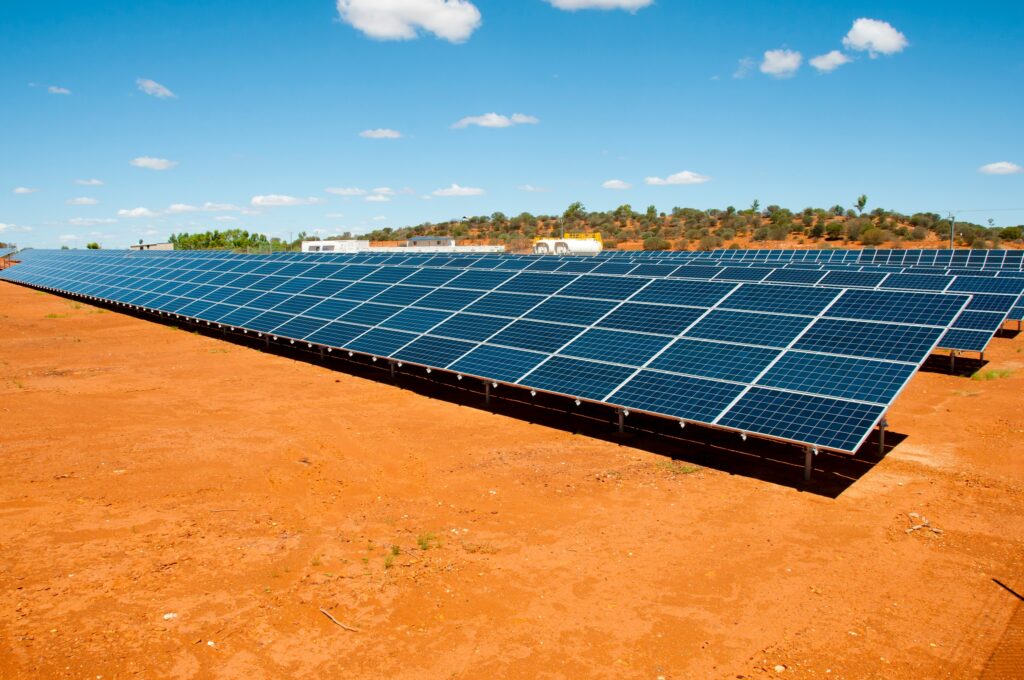Energy network must evolve to incorporate renewables more effectively
Australia faces an energy paradox as the country pursues its net zero targets. The Federal Government has enshrined into law an emissions reduction target of 43 per cent from 2005 levels by 2030 and net zero emissions by 2050. This is a significant target, one that industry estimates will require 6 GW of new renewable energy and storage each year.
However, the current network is struggling to handle renewable energy fed to the grid, especially from wind and solar farms. A recent study by Australian National University found that solar is the worst affected, with almost double the curtailments compared to wind energy, despite having a smaller installed capacity.
This puts the country’s net zero targets under pressure as network congestion is causing large volumes of cheap renewable energy to be curtailed, meaning Australia has an “overgeneration” problem when it comes to renewables, particularly solar. This may lead to financial losses for clean energy generators and make investment in future projects a risky prospect.
Regulators face a myriad of challenges in managing a centralised grid – challenges ranging from power outages, modernisation, cybersecurity, demand management and transmission losses. Australian Energy Market Operator (AEMO) estimates that around 10% of the electricity leaving an Australian power station never reaches consumers, which adds to the end consumers’ costs as this lost energy must still be paid for.
Grid tariffs are also a concern as they may slow down the country’s path to net zero as renewable energy generators are saddled with legacy grid costs. Grid tariffs are currently based on amortising 25-year investments in national transmission cost. However, renewable energy sources can function cost effectively at the local level using microgrids, which are being implemented across Australia.
Kalbarri in WA is now powered by a 100% renewable energy-intelligent microgrid with wind energy, solar power, and battery storage. Daintree in Queensland is building a hydrogen based microgrid. An Austrade report notes that microgrids offer a means to address challenges such as rapidly rising electricity costs, ageing infrastructure and the need to serve a large geographic area. Recent advances in microgrids in Australia mean more options for energy distribution via solar, wave, wind, and energy storage projects.
A paper prepared for the Australian Energy Regulator (AER) recommended that non-cost reflective network tariffs are a barrier to optimal investment in Distributed Energy Resources (DER). The paper suggests that customers be rewarded for managing their energy consumption behaviour by taking advantage of solar peaks.
“Cost-reflective energy pricing unburdened by legacy grid costs will help Australia reach its net zero targets,” says Michael Jary, Managing Director APAC & EMEA at Sense, a company at the forefront of energy management. Sense uses AI and advanced technology to implement a solution for grid edge intelligence and real-time, appliance-level load disaggregation. By analysing high resolution energy data, Sense’s AI software can identify the unique power signatures of different devices in the home and determine how much power they are using in real time. This information can help grid operators manage the supply and demand of electricity more effectively, especially during times of peak solar generation when curtailment is most likely to occur.
Energy retailers can also benefit, as they can see precisely what appliances householders need to turn on to draw additional power from the network. This visibility helps them to issue personalised demand response events more effectively, with higher engagement from consumers, at scale. With Sense intelligence built into the smart meter itself, there’s no need for additional hardware or connections, and all the processing takes place in a smart meter, making it a cost-effective solution for reducing energy waste and ensuring a more efficient grid.
Grids in Australia are transforming to accommodate green energy production, power storage and huge increases in power demand to cater for EVs. The AER paper acknowledges that there will be a transformation of the electricity system from centralised to decentralised and that regulations including network pricing need to keep pace with this change.





